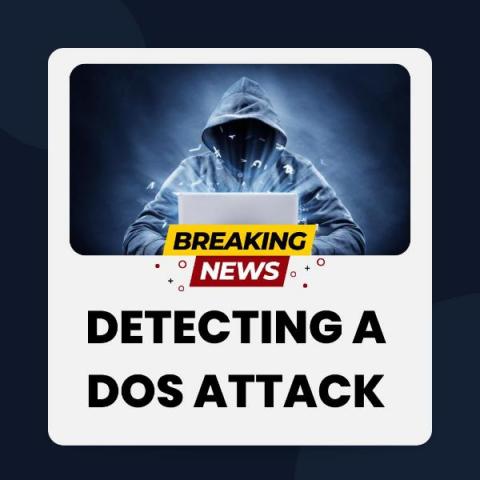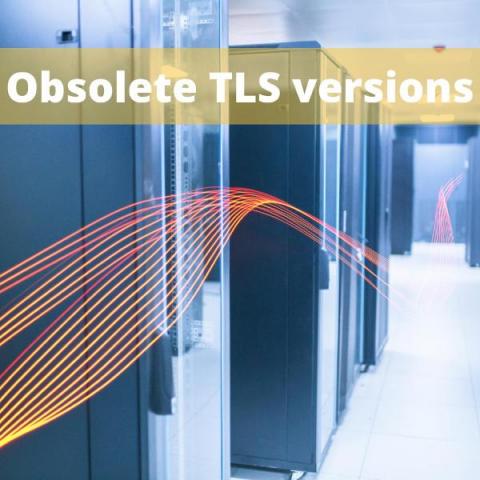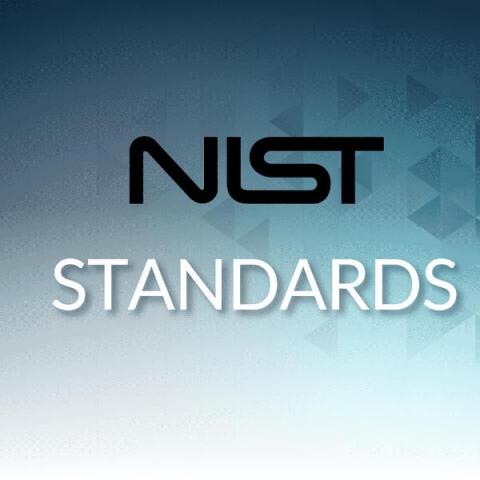Detecting DOS attacks
A denial of service attack is a type of network attack in which an attacker makes the system, machine, or network unavailable to the intended users. There are various types of DOS attacks, like, for instance, a user is trying to reach a webpage but the page redirects the user to another URL or even the user can’t reach its destination i.e. access is blocked.










